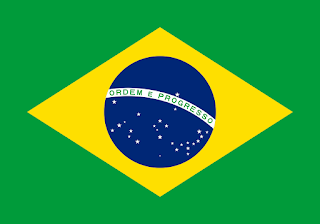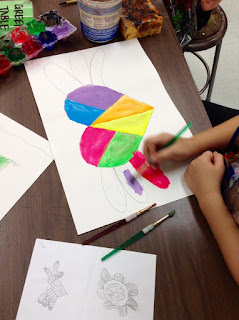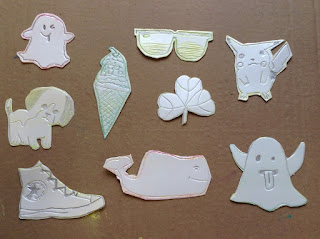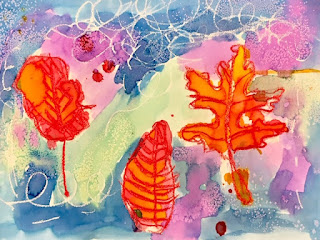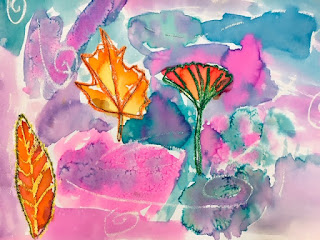This year in 2nd grade for our Arts Around the World curriculum, students will be learning about art and music from four different countries -- Brazil, Ghana, Japan and Scotland -- throughout the year. In art class, we will be learning about artists and art forms from that country and in music class with Ms. Patashnick, students will be learning about musicians, music and dance from that country.
Starting with our exploration of Brazil, we learned a few facts about Brazil such as the capital being the city of Brasilia, the main language spoken being Portuguese and soccer being a very popular sport there! We also learned that many Hosmer students and families are from Brazil, have family there, and speak Portuguese at home!
 |
| Romero Britto, Children of the World (2006) |
In art, we learned about contemporary Brazilian artist, Romero Britto. Britto was born and raised in Brazil and now lives and works in Miami, Florida. He still makes artwork today and is well known for his colorful art, which is on display in many museums around the world and also in public spaces, such as airports, parks, and shopping areas.
 |
| Romero Britto, A Brand New Day (2006) |
We looked at some examples of his artwork and students noticed the bold lines, colorful patterns, shapes, and fun, playful nature. We brainstormed our own ideas for artwork, inspired by Britto's style.
Students came up with four different sketches for ideas, focusing on one object -- such as a shape, symbol, food, animal, or alphabet letter -- and adding different lines, shapes and patterns to that design. Many students were inspired by Romero Britto's hearts with wings, as well as soccer balls, dogs, cats, ice cream cones, and fruit!
The following class, students then selected their favorite sketch and drew it larger on paper in order to paint. Using bright colors, including fluorescent colors, students painted the different areas of their chosen object.
After letting that dry, during the following class we added patterns on top of these areas. We learned about complementary colors, which are colors that are across from each other on the color wheel and help each other stand out. Students demonstrated at least one complementary color pairing with their pattern painting.
After finishing the patterns, students used black paint to outline their object and separate the areas of different pattern within their work, like Romero Britto does in his artwork. This took some careful painting, and students were very focused!
As a final step, students cut out their design once it was dry and glued it onto a background.
We chose the background paper color carefully, looking at which colors would help our painting stand out. Using colored and metallic Sharpie markers, we added patterns and designs to the background. Below are examples are our finished Romero Britto inspired artwork:
 |
| Arlo, 2nd Grade (O'Connor) |
 |
| Audrey L., 2nd Grade (Hinds) |
 |
| Emily, 2nd Grade (Stone) |
 |
| Gabi, 2nd Grade (O'Connor) |
 |
| Hailey, 2nd Grade (Stone) |
 |
| Kenji, 2nd Grade (McCarthy) |
 |
| Lazaros, 2nd Grade (McCarthy) |
 |
| Liliana, 2nd Grade (O'Connor) |
 |
| Mie, 2nd Grade (O'Connor) |
 |
| Nico, 2nd Grade (Pearse) |
 |
| Nina, 2nd Grade (McCarthy) |
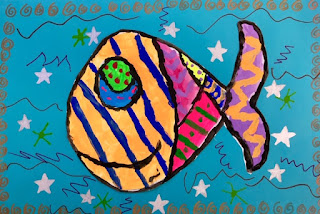 |
| Nirvaan, 2nd Grade (McCarthy) |
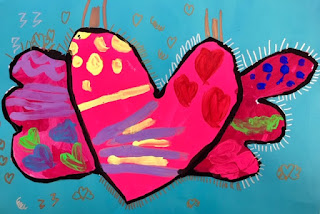 |
| Seta, 2nd Grade (Pearse) |


















